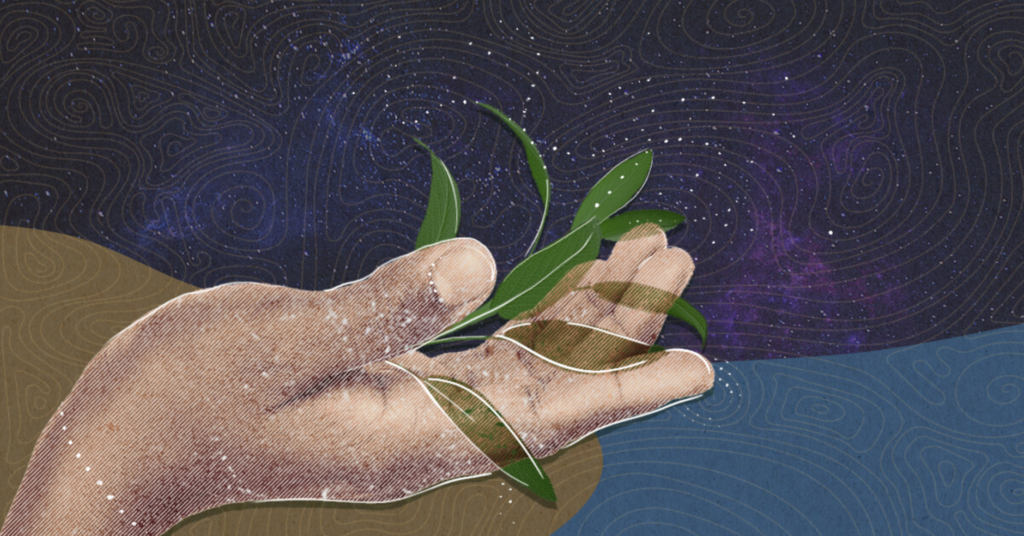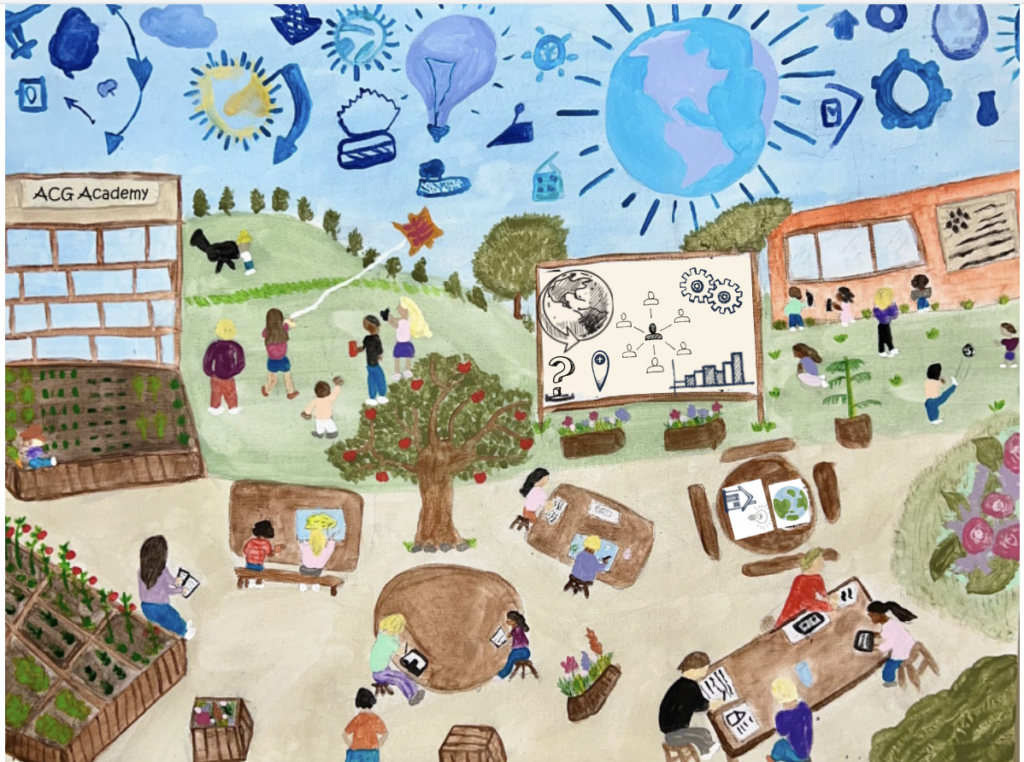
I chose this picture because it aligns with my teaching philosophy, which is heavily influenced by Place-Based Education and using the environment as a classroom. Using the environment as a classroom allows students to engage with real-world experiences and make meaningful connections to what they are learning. It fosters a sense of curiosity, creativity, and problem-solving skills as students explore and interact with their surroundings. Additionally, it promotes a sense of environmental stewardship and an understanding of the interconnectedness of all living beings.
I chose Lee Beavington’s TED Talk because it resonates deeply with me as it reflects my core beliefs about education and the profound influence of nature as co-teacher. Beavington’s insights highlight the transformative power of outdoor education, emphasizing that learning extends far beyond the traditional confines of classrooms. His discussion highlights the importance of fostering a reciprocal relationship with the natural world—one rooted in respect, curiosity, and interconnectedness. As a future educator, Beavington’s interdisciplinary approach, drawing from philosophy, education, and environmental ethics, resonates with my commitment to integrating diverse perspectives into my teaching practice. His advocacy for Place-Based Learning and personal experiences as a river walker and island dweller offer valuable insights into the profound impact of nature on personal growth and ecological awareness. By choosing this TED Talk, I aim to inspire my future students to connect with their environment, cultivate a sense of stewardship, and embark on a journey of discovery and exploration that extends beyond a traditional classroom experience.
I chose this song by Remy Rodden because it beautifully embodies the essence of the Wild Pedagogies movement, which emphasizes curiosity, adventure, and a harmonious connection with nature as fundamental components of learning. Remy Rodden’s commitment to educating children about the environment through music is both impressive and engaging, and I definitely will be sharing this with my students in the future.

Land as teacher: understanding Indigenous land-based education
Design by Spruce Creative Inc.
Since I will implement place-based education in the future, it is imperative that I know the difference between place-based education and Indigenous land-based education. Understanding Indigenous land-based education goes beyond simply taking the classroom outside; it involves embracing a multi-faceted concept that encompasses diverse perspectives and practices. It entails recognizing the importance of language, geography, stories, cosmologies, world views, land protections, relationality, and accountability. By promoting culturally relevant education, facilitating inter-generational knowledge transfer, and creating safe spaces for healing and learning, Indigenous land-based education offers significant benefits to Indigenous communities. Moreover, it has the potential to transform the relationship that many non-Indigenous people have with the land, leading to a healthier Earth for all. As an educator, it is my responsibility to foster understanding, respect, and appreciation for Indigenous perspectives and practices, while also advocating for the integration of Indigenous land-based education principles into mainstream educational systems.

This is a painting I made for a project that captures the essence of “Place-Based Education” and its design principles which are local to global context, learner-centered, inquiry-based, design thinking, community as classroom, and interdisciplinary approach. This approach to learning is all about connecting our education to the world around us, making learning more relevant, engaging, and impactful. In this picture the classroom isn’t confined to four walls, the students are out in the community, learning from the real world. Students are engaged in various activities, each one highlighting a key principle of Place-Based Education. Each scene reflects key aspects of Place-Based Education: from exploring local environments to understanding global issues, from pursuing personal interests to engaging in inquiry-based learning. Through collaboration and interdisciplinary projects, students develop critical thinking skills and gain a deeper understanding of their community and the world at large. This painting captures the meaning of education as a holistic journey, preparing students to be active participants in their communities and agents of positive change in the world.
